Travelers to Iceland with limited time often head south from Reykjavik to explore the South Coast, which is highly saturated with both sights and tourists. Alternatively, heading the opposite way from the capital will bring you to another region rich in nature and culture: Snæfellsnes Peninsula. It offers such a diverse range of landscapes and ecosystems in a relatively condensed area that it’s official slogan is ‘Iceland in a Nutshell’ as you can experience everything – mountains, glaciers, fishing villages, ocean, and beaches.
Heading north from Reykjavik, Snæfellsnes Peninsula is the first distinct area you will reach, making it easy to experience as a day trip or stretching it out over two more leisurely days with one night spent en route. Snæfellsnes Peninsula is within the West Iceland region and the Snæfellsjoküll National Park is at the westernmost part of the jut out. The region was certified as a sustainable travel and tourism destination in 2008, one of the first to receive this designation in Europe.
This area of Iceland is steeped in folklore. It’s the backdrop for popular Icelandic legend Bárðar saga Snæfellsáss, which follows the life and family of half human, half troll Bárður, who settled in the Snæfellsnes region.
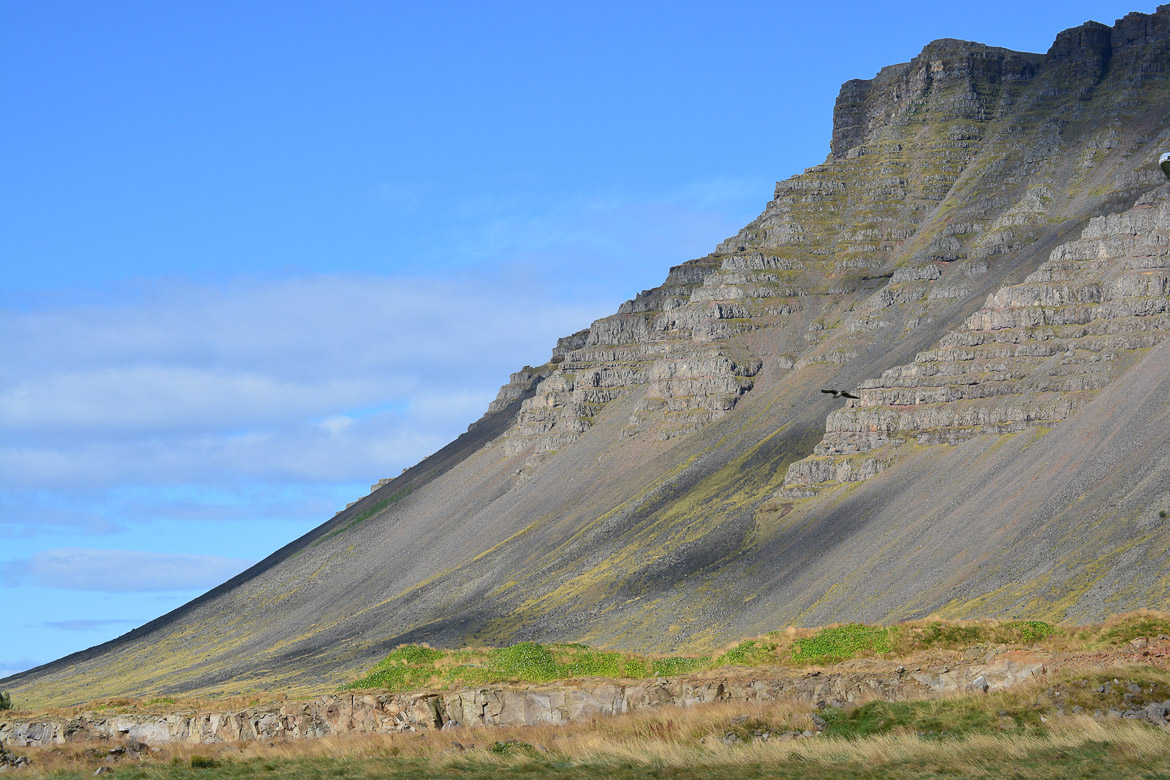
Snæfellsnes Peninsula Itinerary:
Borgarnes – You’ll come across this quaint town, and your gateway to West Iceland, about an hour after leaving Reykjavik. Borgarnes sits on the shores of a fjord in the midst of Hafnarfjall mountain, and is where you leave highway 1 for for the 54, which is the main road through the Snæfellsnes Peninsula. Don’t miss the Settlement Centre if you want to learn more about Iceland’s viking heritage and how the country was settled. There’s a picturesque little church with a discreet walking path on the lefthand side that leads to a wonderful lookout over the town.
Gerðuberg Basalt Columns – As you head out onto the peninsula, you’ll come across a wall of rock columns so geometric and perfectly aligned that it’s hard to believe they’ve occurred naturally. You can climb up the base and around the columns. Keep your eyes peeled for the small sign indicating where to turn off to get to the columns, which is right after the turn off for road 55.
Ytri Tunga Beach – A ways further on the 54 is Ytri Tunga farm, whose beach is a popular spot for seals. While seals are most prevalent during June and July, the rocky terrain and rough Atlantic make for an interesting landscape year round. Keep in mind that the farm is private property so respect any signs or rules posted and be respectful of the land.
Lýsuhóll Pool – This geothermal pool is a nice stop along the Snæfellsnes route where you can get out of the car for awhile. The mineral rich natural hot spring has been converted into two pools, which are functional but not fancy – much like most of local favourites in Iceland. Open in the summer only.
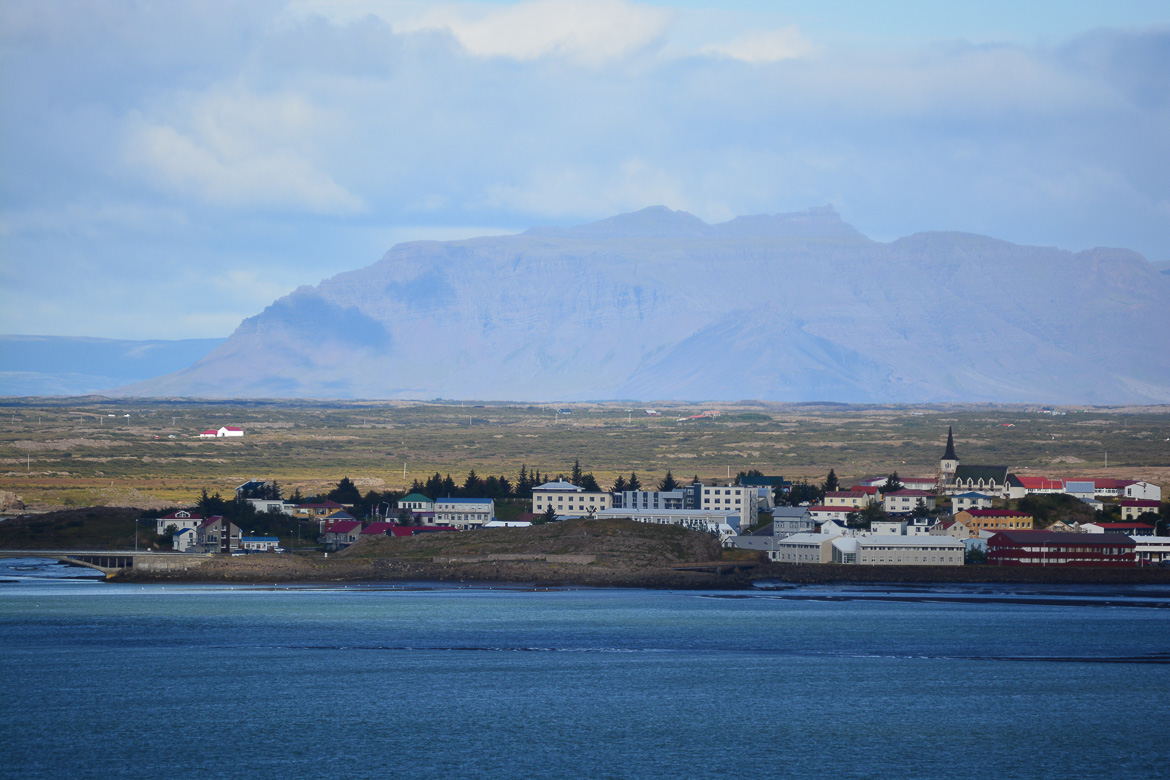
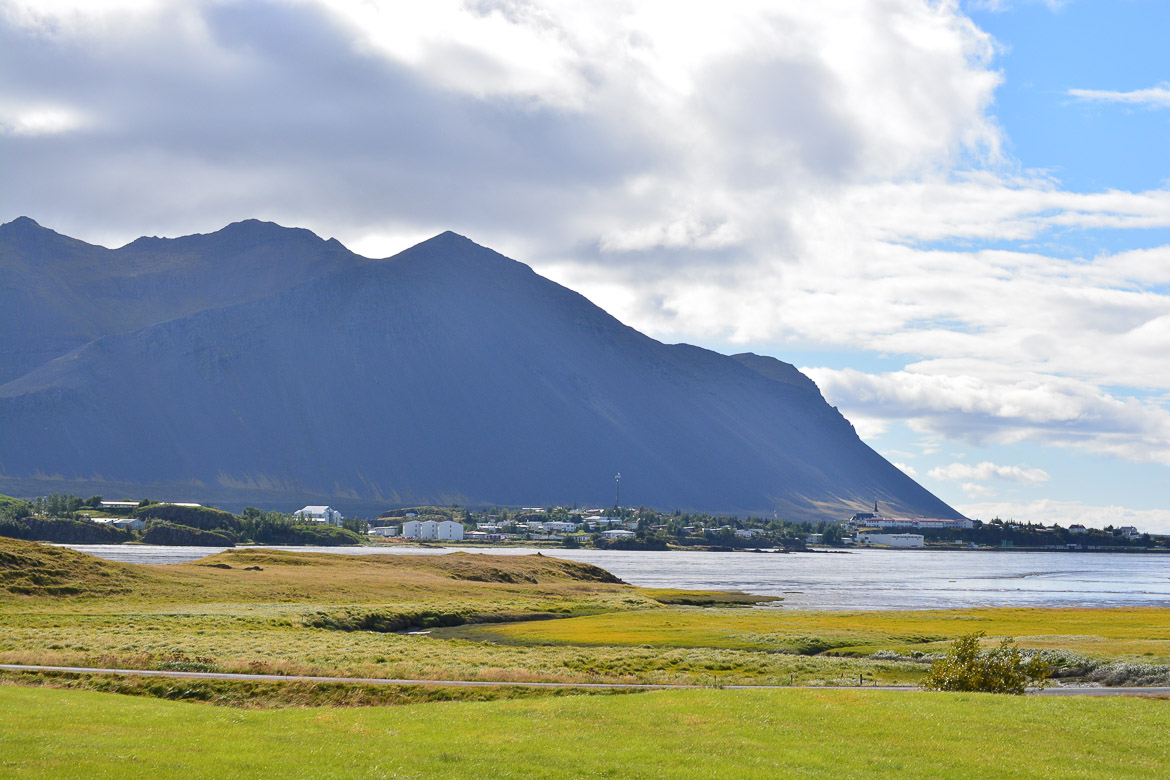
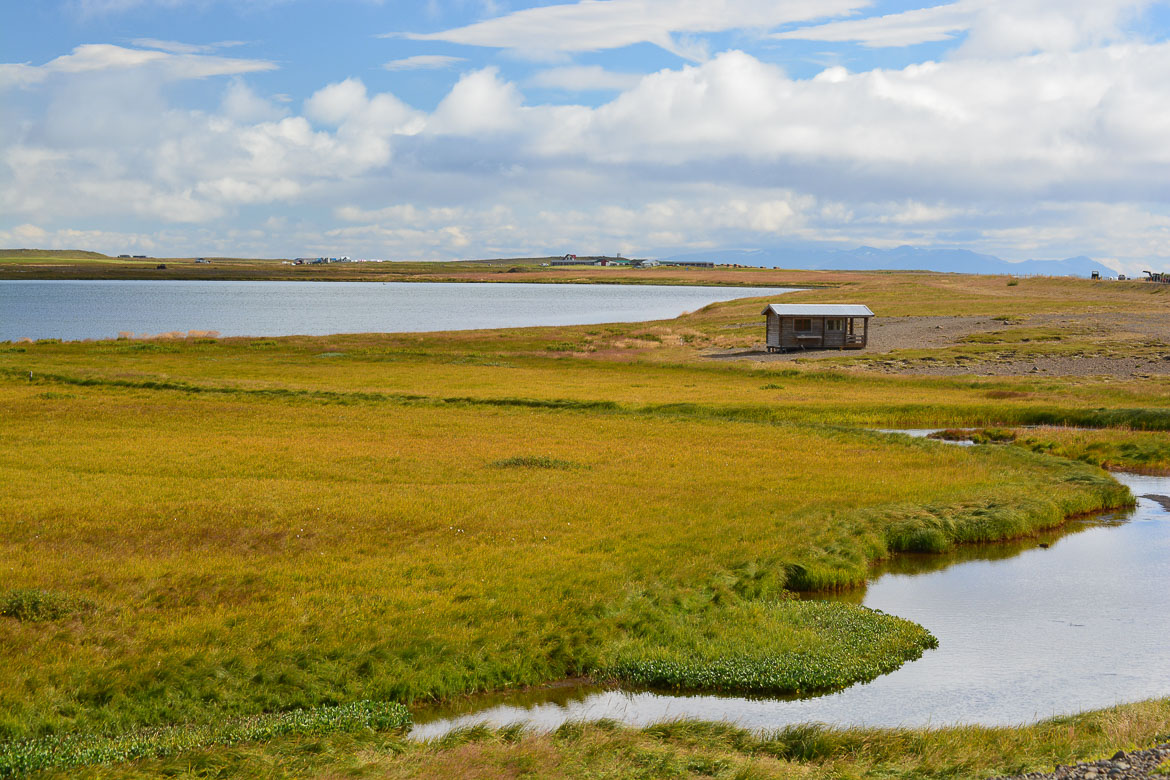
Búðir – Located within the stark lava fields of Búðahraun and consisting of perhaps the most picturesque church in Iceland, it’s nearly impossible to pass by this tiny hamlet without taking a photo. Hotel Búðir is one of the top hotels in Iceland and has an excellent, and expensive, restaurant if you want to have a memorable meal.
Rauðfeldsgjá – This massive ravine carved into the Botnsfjall mountain is an impressive sight to behold. Climb up the grassy slope alongside the rocky stream that guides visitors into the base of the fissure. Within the canyon are a network of right tunnels whose walls are covered with moss that intrepid visitors can traverse. If you’re heading into the canyon (you should!) you’ll get wet so best to go with your waterproof gear.
Arnarstapi – You will come across this town shortly before entering the Snæfellsjoküll National Park, making it a good place for a quick pit stop. Arnarstapi is home to a few traditional Icelandic cabins, including two that have been converted into a restaurant. Arnarstapi is also renowned for its part in Jules Verne’s A Journey to the Center of the Earth. A large plaque beside the restaurant describes this.
Gatklettur – The coastline between Arnarstapi and Hellnar is spectacular with rock formations, ocean cliffs, and lava fields. Hiking between the towns offers a fantastic opportunity to experience this area further and takes about an hour. Gatklettur is a rock arch at the coast of the Atlantic Ocean between the two towns. It’s also accessible by car if you walking between the two towns isn’t an option.
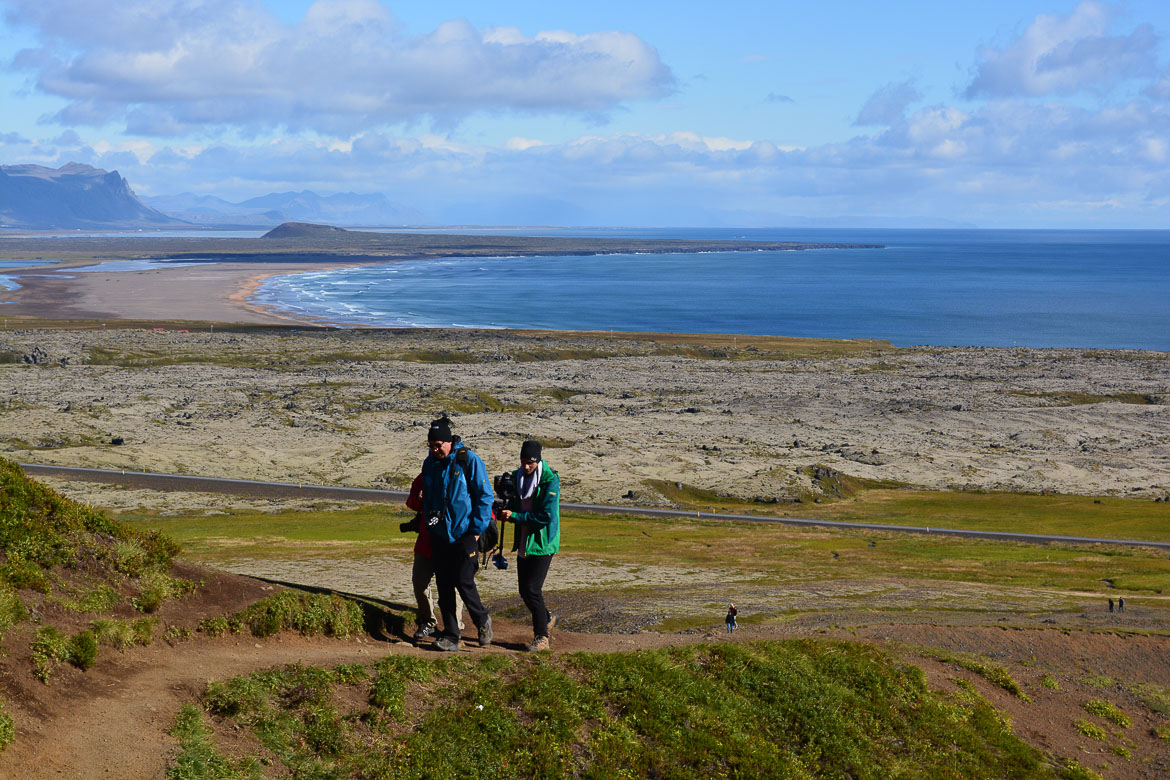
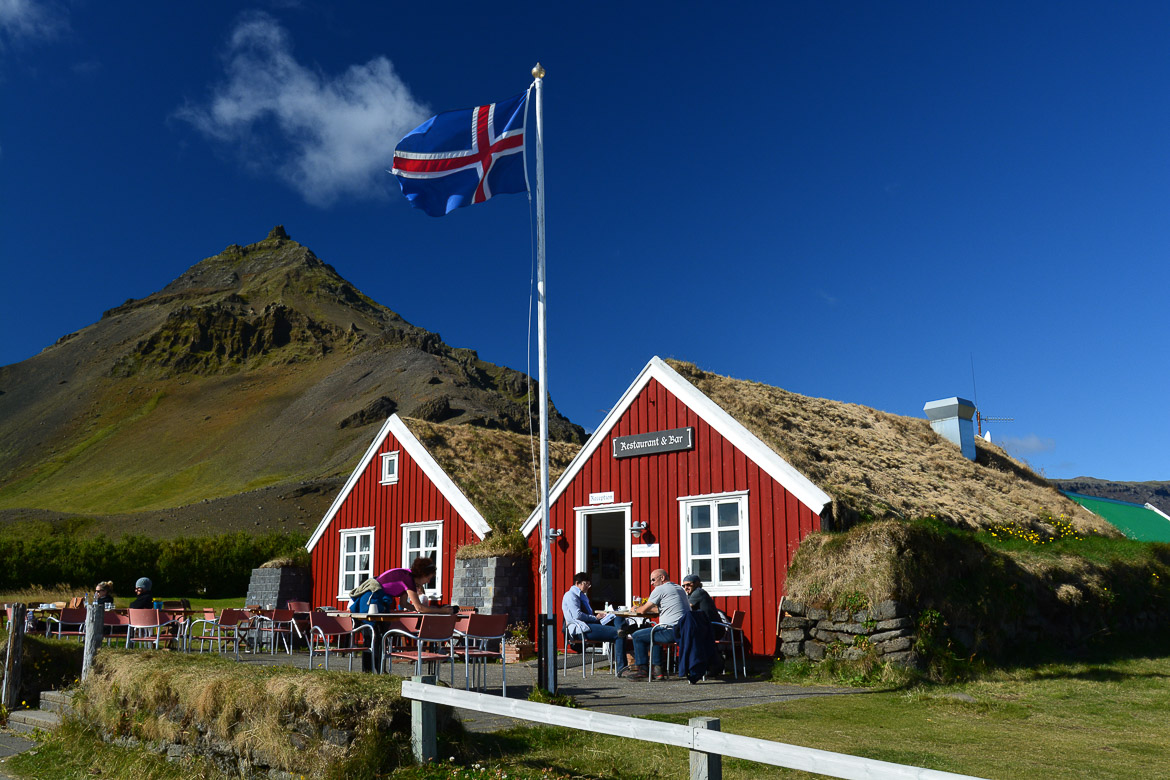
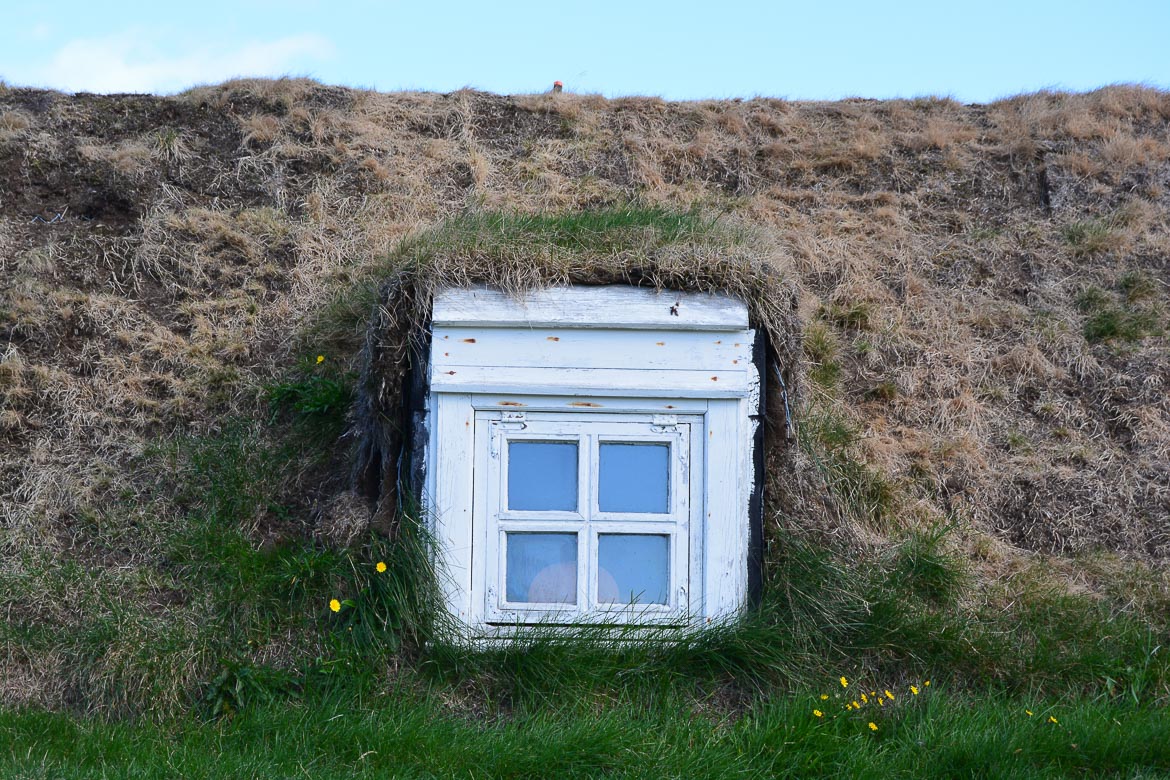
Hellnar – This ancient fishing village is the last town before entering Snæfellsjoküll National Park. It has a few picturesque buildings, including the town’s church with its vibrant red roof.
Laugarbrekka – This uninhabited farm was allegedly the home of Bárður before he retreated to the glacier, and then to Gudrid Thorbjarnardóttir around 1000AD, who was considered the most traveled Icelandic woman for almost a thousand years. A statue of Gudrid and her son Snorri, the first European child born in the ‘New World’, sits on the property.
Snæfellsjökull National Park – The first official national park in Iceland centres around the magnificent Snæfellsjökull, both glacier and active volcano. Several of the next sights on the list are within the national park. Tourist information centres can provide details on adventure activities and tours in the area if you have time to spare.
Londrangar Cliffs – These basalt cliffs were formed by ancient volcanic activity and continually eroded over the centuries. Today, they make for a dramatic landscape and coastline, sparking endless legend and folklore including being the home of elves. Depending on the season, you might even catch a glimpse of some puffins. Turn off at Malariff and walk the twenty minutes or so to the cliffs.
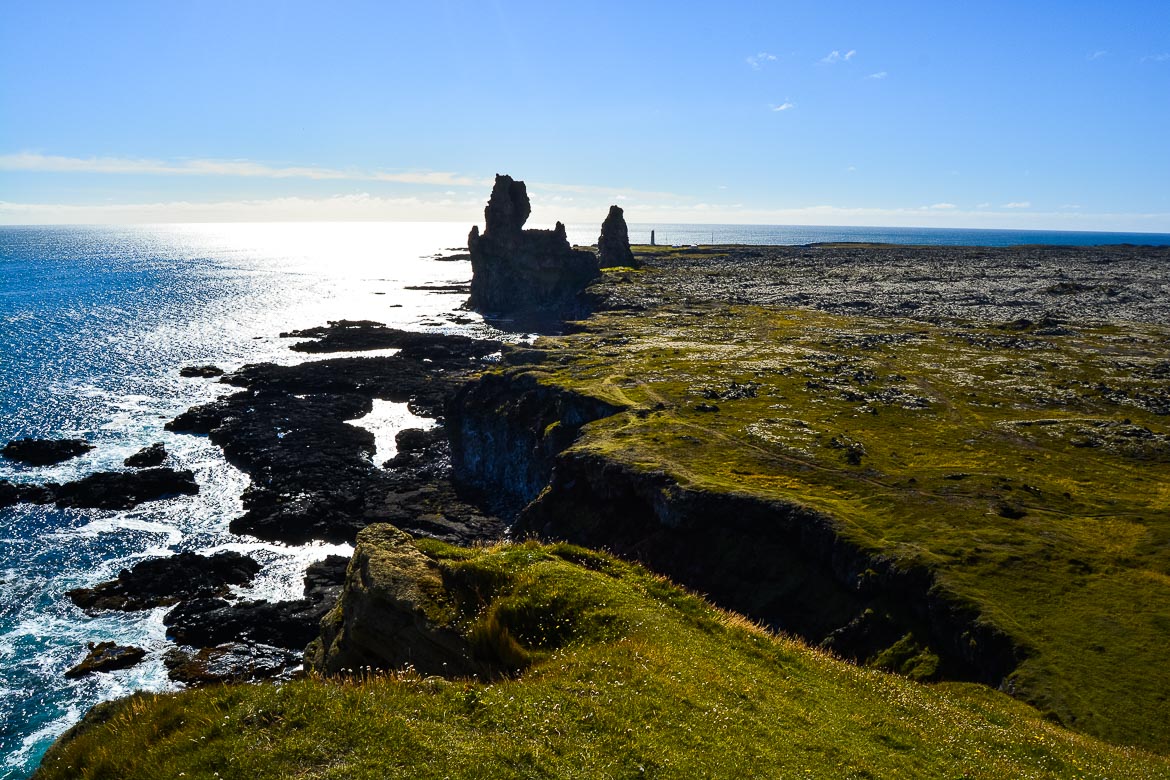
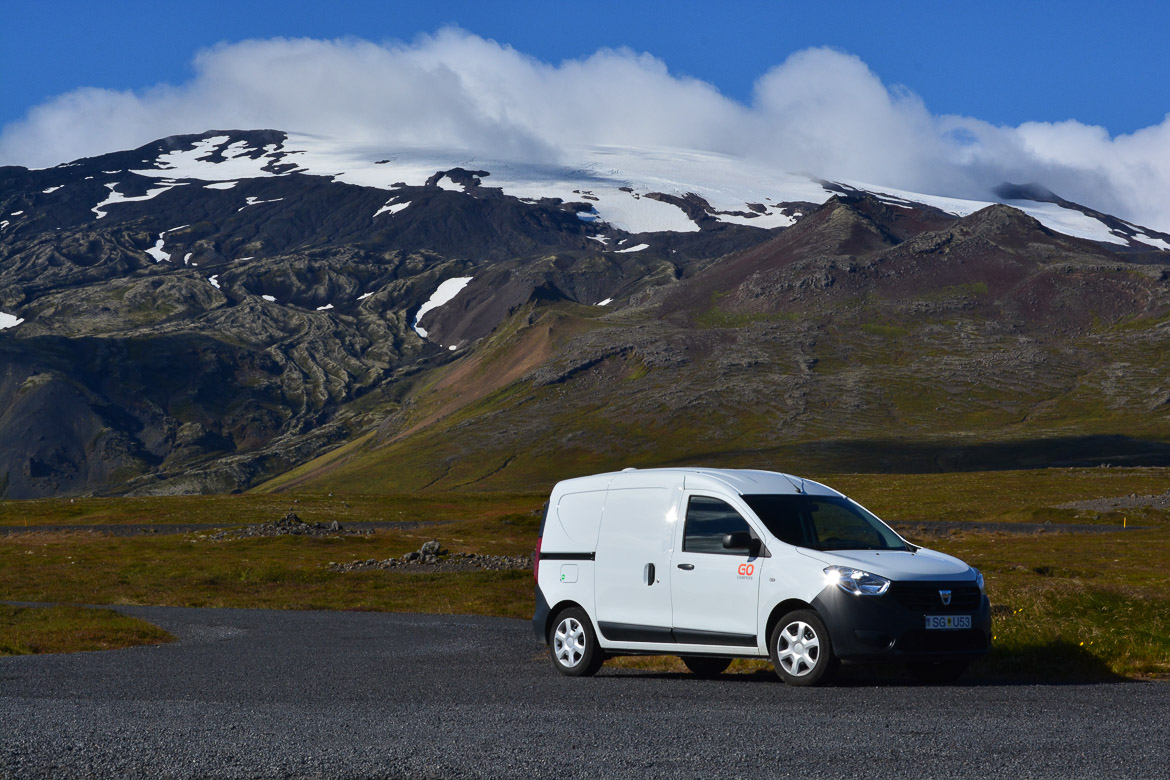
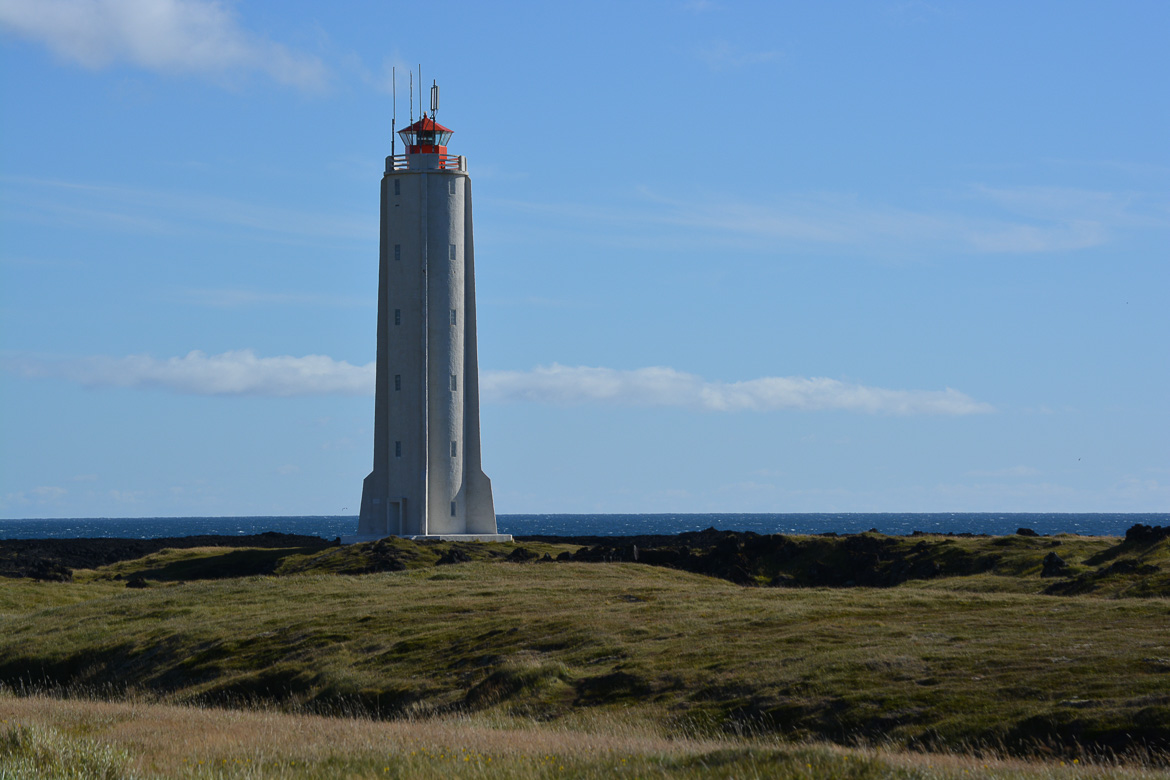
Djúpalónssandur Beach – Don’t miss this beach in the national park that’s covered with small smooth black pebbles. The walk to the beach is also fantastic with unusual rock formations and two fresh water green lagoons. On the beach lies some wreckage from a British ship that capsized and washed up in 1948 as well as some large lifting stones that were used to test the strength of fisherman. This article includes detail about the fascinating folklore surrounding this beach to accompany your visit.
Dritvík – A short hike from Djúpalónssandur beach is Dritviík cove, which was once the most significant entry point for fisherman in Iceland and the remnants of a few fishing huts are still standing. The impressive rock walls of the cove create a small harbour with a black sand beach formed by lava.
Saxhóll Crater – One of the craters on the Snaefellsness Peninsula, Saxhóll offers amazing views over the national park. Metal stairs were recently added making the climb up the crater quite easy. The small volcano last erupted a few thousand years ago, forming the rocky terrain that’s sturdy and delicate at the same time.
Skarðsvík Beach – Contrary to the other beaches in Snaefellsjökull National Park, this is one with white sand. The grave of a viking from the 10th century was found here in the 1960s.
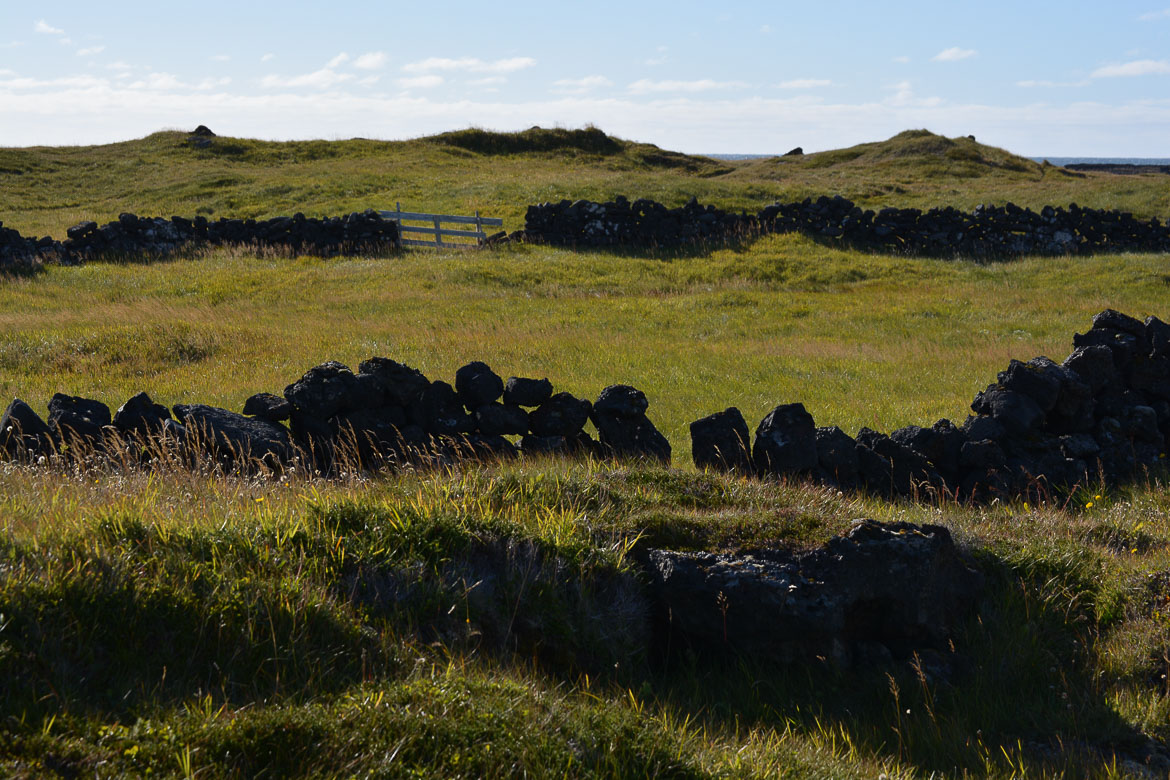
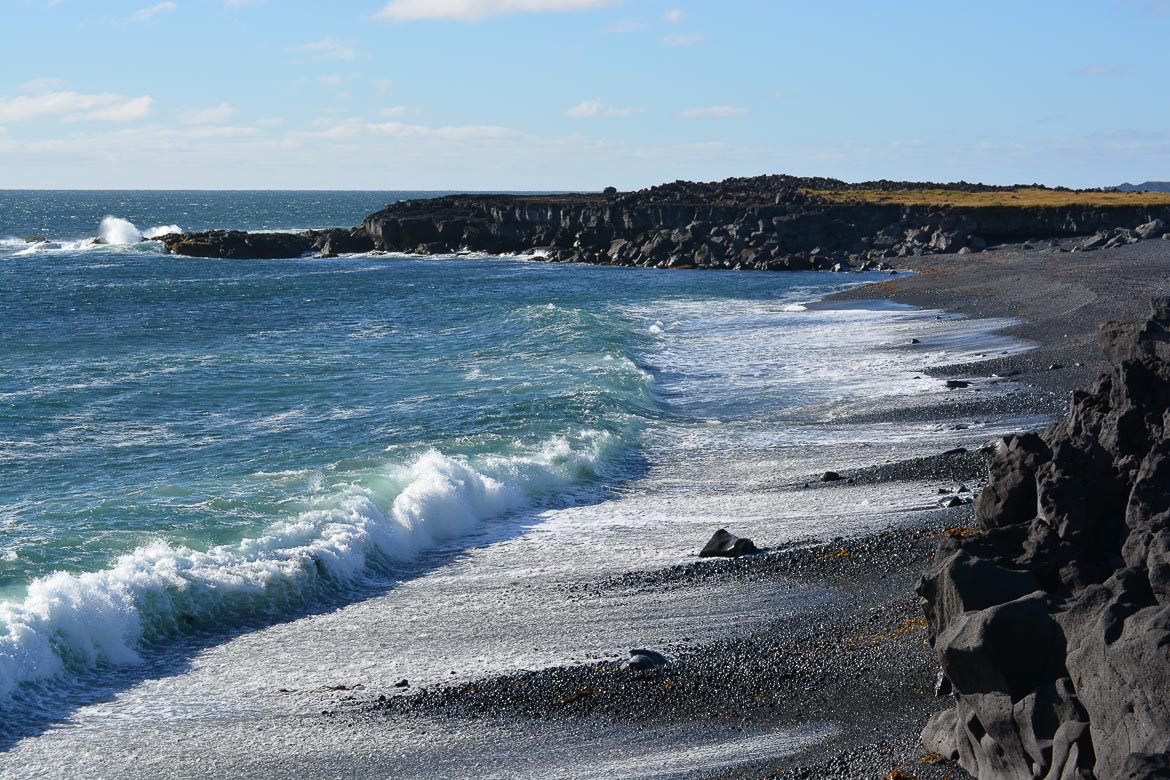
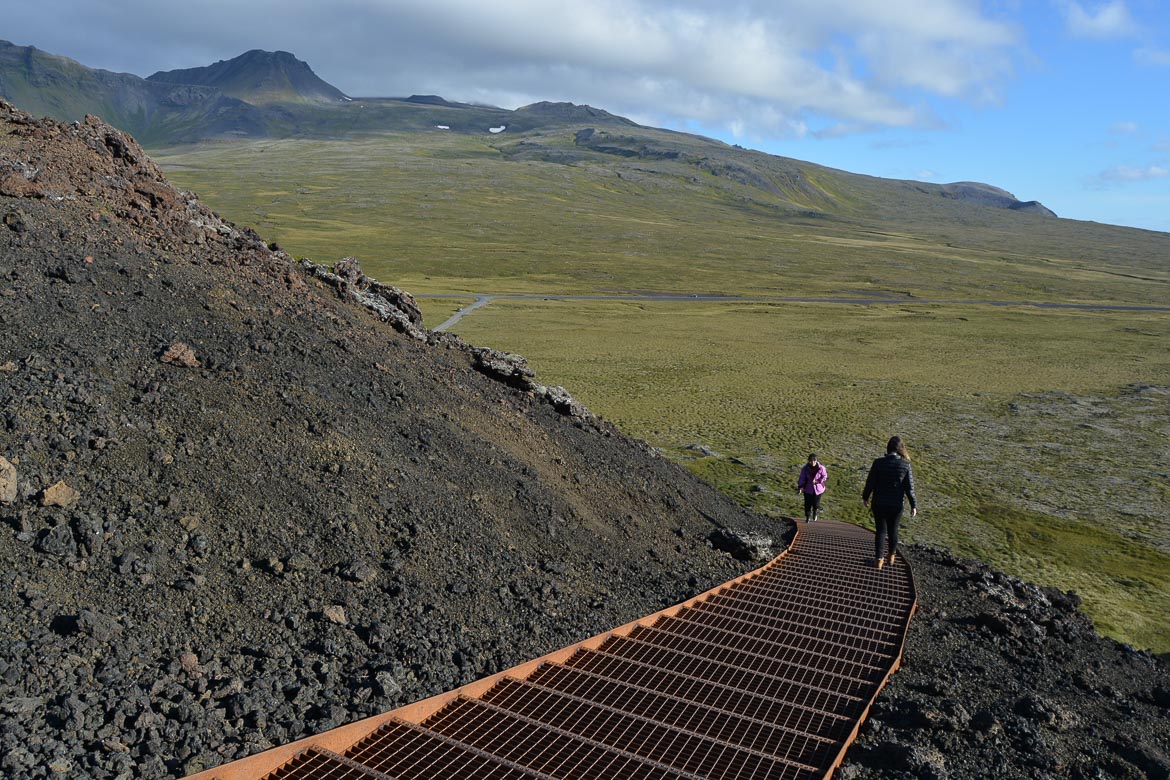
Írskrabrunnur – This old well is known as the Well of the Irish, which was built on this farm around the time Iceland was settled. The well was virtually lost after the farm was abandoned but was excavated in 1989. A huge whale bone guards the entrance to this well that was once the main water source for the area. Right beside is the rock circle of Írskrabyrgi, which translates into the Shelter of the Irish.
Fiskbyrgi – Before exiting the national park, you’ll find the remains of fish drying sheds in this once thriving fishing area. The sheds were built using the black lava rocks that are scattered around the region and are upwards of 500 years old.
Hellissandur – Another notable former fishing village, Hellisandur is a charming hamlet just outside of the national park. A Maritime Museum that has some interesting artifacts highlighting Iceland’s once prominent fishing trade.
Ólafsvík – One of the more populated towns on the peninsula, Ólafsvík is home to the Snæfellsbæjar Regional Museum. The museum provides information on the region and is located in the Pakkhús, a former trading store that was built in 1844. Ólafsvík is a good spot if you’re looking to spend a night while traveling the Snæfellsnes Peninsula.
Kirkjufell – This lush and green mountain is a focal point of the northern Snaefellsnes Peninsula. It’s unusual shape and vibrant colour make it one of the most photographed landmarks in the country. The area surrounding Kirkjufell is quite nice too with a small waterfall and bay nearby.
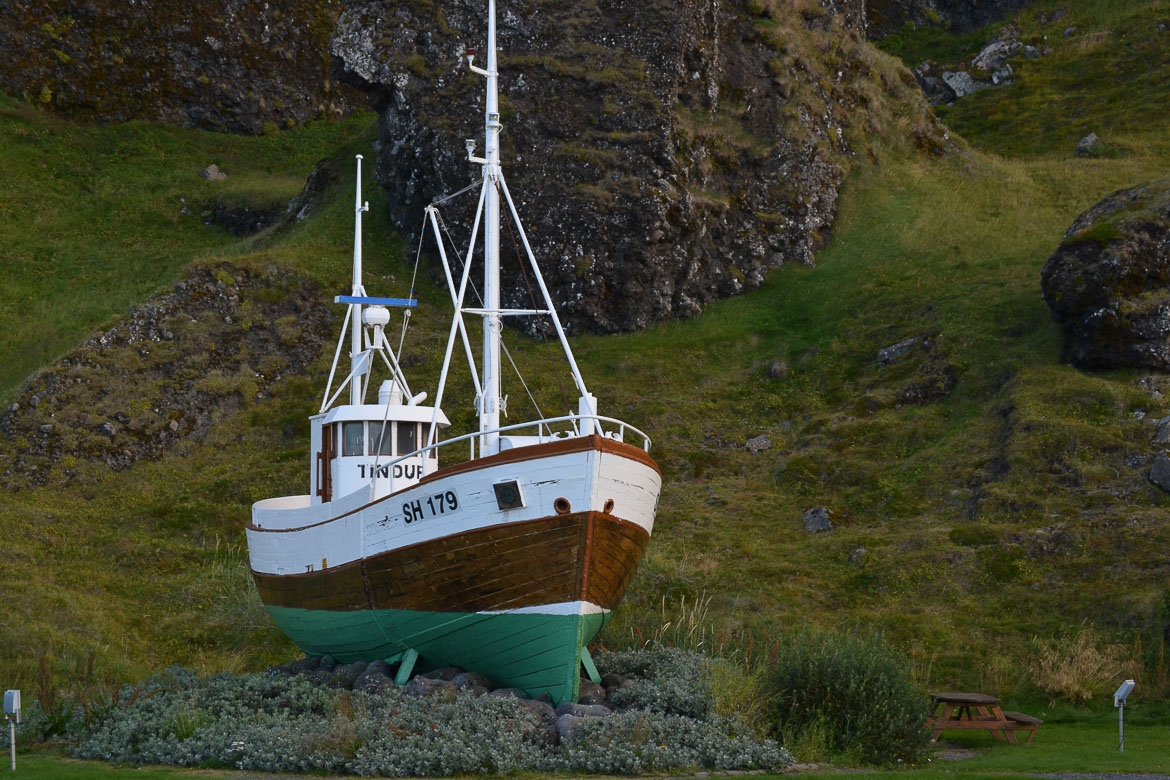
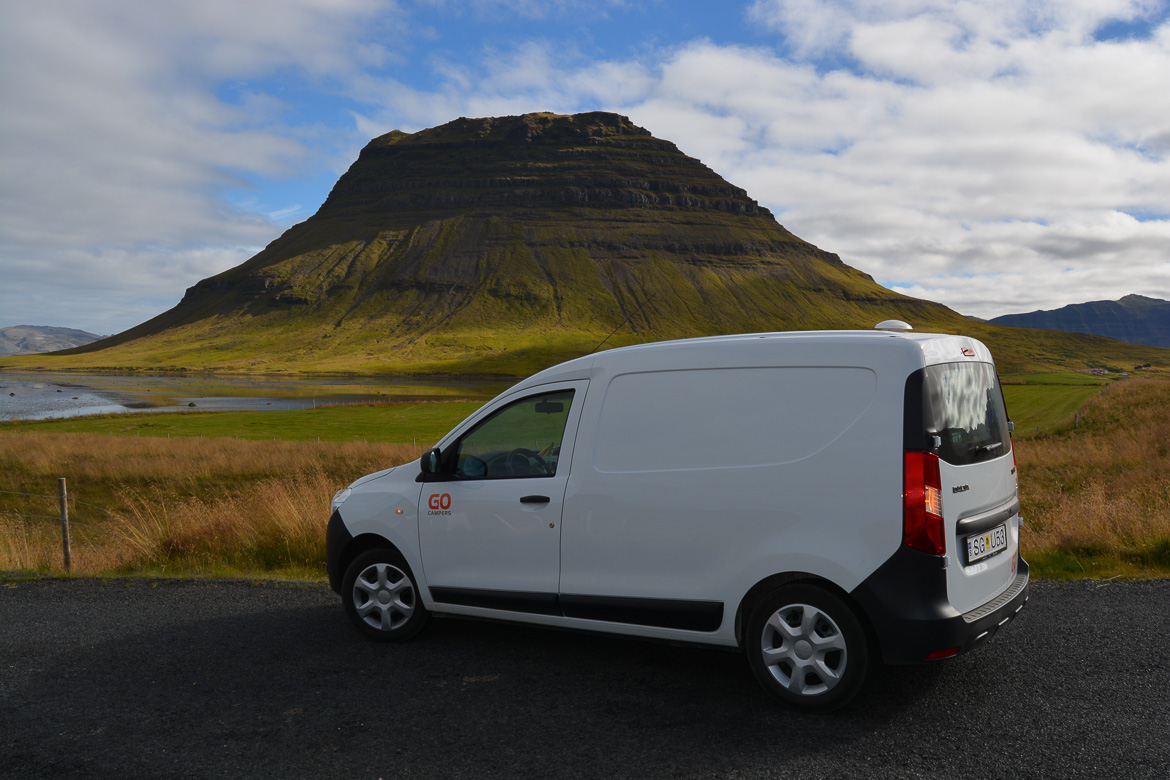
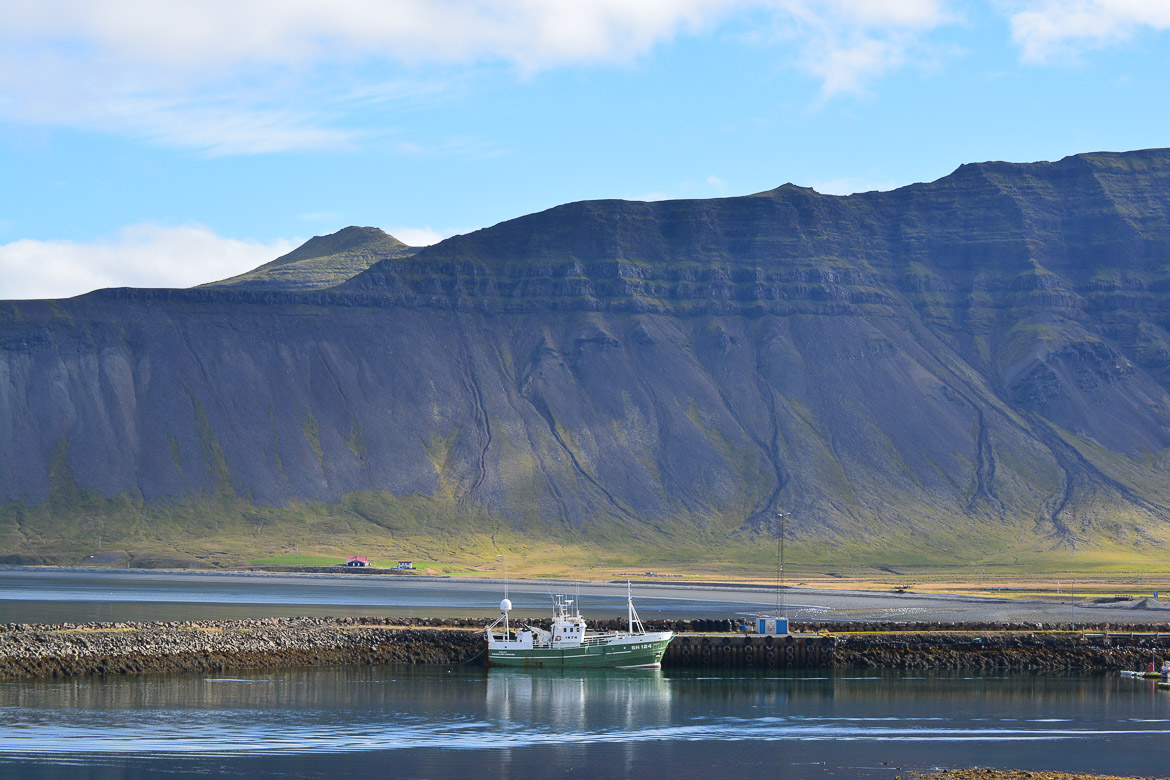
Grundarfjörður – This town sits at the base of mount Kirkjufell and offers many nature experiences, including an abundance of hiking trails.
Kolgrafarfjördur – As you leave Grundarfjörður, you’ll drive by Kolgrafarfjördur, a small fjord known for it’s wildlife sightings. During the winter months, ocean dwellers like killer whales, seals, and dolphins can be spotted searching for the herring who reside here. The birdlife is also very active here as well.
Berserkjahraun – These lava fields were formed over 3,500 years ago, which created an abundance of unusual rock clusters that are now moss covered. As you drive down the 54, make a right turn on the 558, which is also known as Beserjkjahraun. The road leads between the lava fields so you’ll have great views on either side of you.
Stykkishólmur – The most northern town on the Snæfellsnes Peninsula, Stykkishólmur is the gateway to the many islands off the coast. The town is one of the most picturesque in all of Iceland, with colourful wooden buildings and many fishing boats in the harbour. To head back to Reykjavik, take the 56 south to the 54.
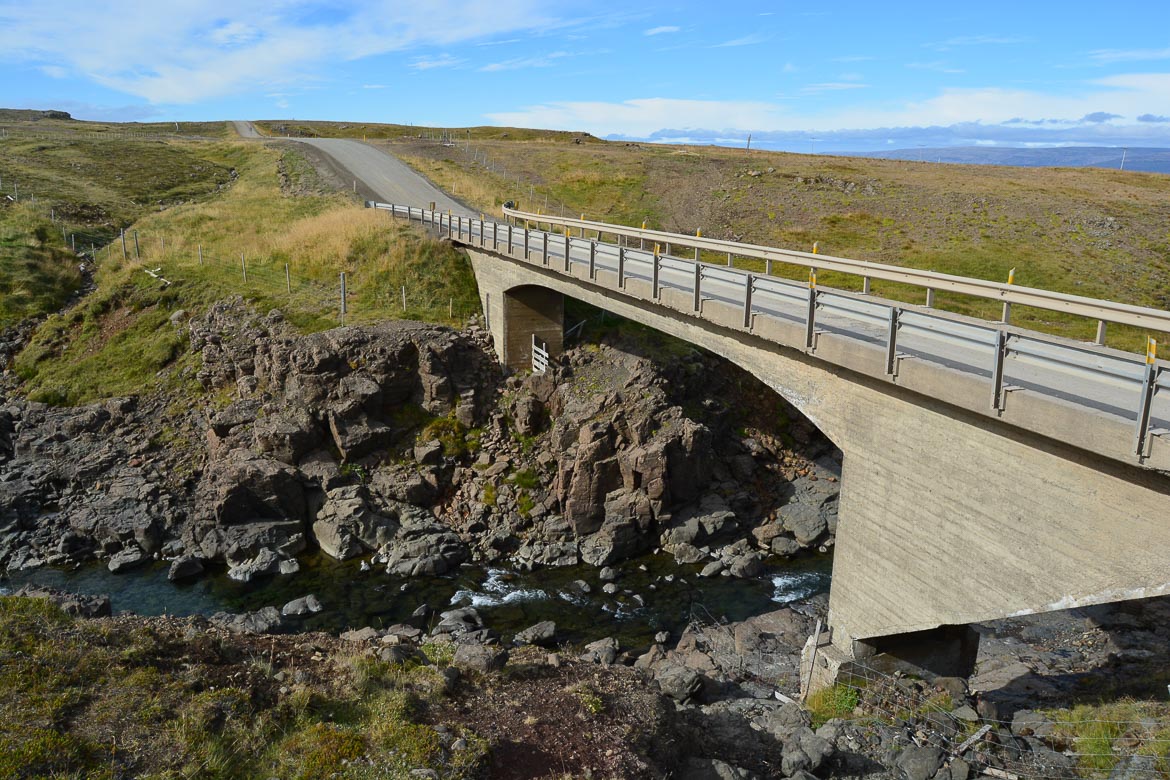
Snæfellsnes Peninsula Recommendations:
Eat: Geirabakari Bakery and Café (Borgarnes), Guesthouse Snjofell (Arnastapi), Gamla Rif (Rif), Hraun Restaurant (Ólafsvík), Hotel Framnes (Grundarfjörður)
Campground: Camp site Ólafsvík, Tjaldsvæðið í Stykkishólmi (Stykkishólmur)
Hostel: The Freezer Hostel (Rif), Grundarfjordur Youth Hostel (Grundarfjordur)
Guesthouse: Grund i Grundarfirdi (Grundarfjordur), Hofdagata Bed & Breakfast (Stykkishólmur)
Hotel: Hotel Búðir (Búðir), Hotel Egilsen (Stykkishólmur)
Snæfellsnes Peninsula Photos by JP Bervoets and Lauren Barth
Make your next trip the best one.
Departful is a full service travel agency creating truly exceptional travel experiences that are 100% personalized to you. Wherever you’re going, whatever your interests, we help you plan the perfect trip.
Lauren
Lauren Barth co-founded Departful in 2012 and is the Managing Director of Departful Media. Since then she has worked between North America and Europe and has published content in partnership with a variety of tourism boards and businesses based around the world. Lauren is currently based in Toronto, Canada.
3 Comments
Add comment Cancel reply
This site uses Akismet to reduce spam. Learn how your comment data is processed.


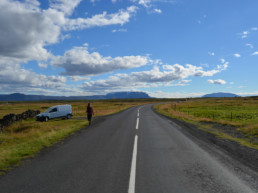
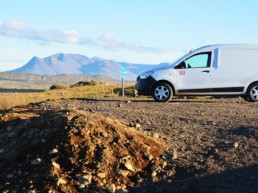
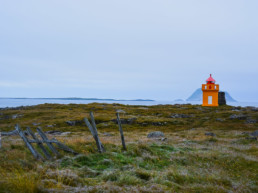
Amazing read, thank you for listing everything so orderly. Is Kolgrafarfjördur the best place to see whales do you know? We will be there later in the year, is there a good time to spot them?
Hi Katie – happy you enjoyed the article!
There a few prime whale watching spots in Iceland – Húsavik on the north coast is a hub for whale excursions and tours, and is probably your best bet if you’re traveling around the entire country. Kolgrafarfjordur is a relatively new spot to see whales – here’s an article that explains the phenomenon: http://totaliceland.com/kolgrafarfjordur-iceland-suddenly-rage/. Also in Snaefellsnes – Olafsvik is also a good point for whale watching. Laki Tours offers a great whale watching excursion from there. There are also tours from Reykjavik if you’re using the city as a base.
The summer & shoulder seasons (April – Sept) are when you are most likely to see them, though there are good tours in the winter as well including some from Grundarfjordur, though the weather is more unpredictable.
Absolutely stunning shots! Shame we didnt get this far during our visit to Iceland.